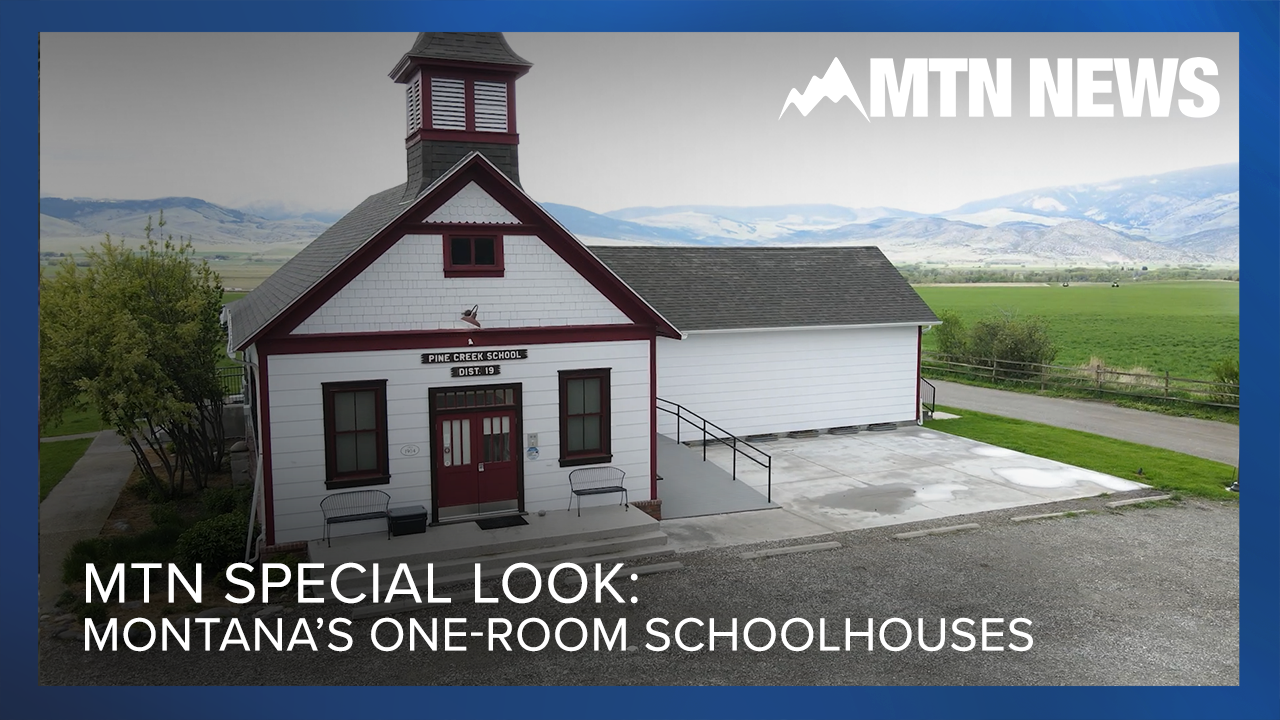HELENA — Montana is one of the least densely populated states, with towns speckled across Big Sky Country.
The vast, rural nature of Montana makes access to education a challenge for many families.
MTN took a deeper look into the issue, the challenges our one-room schoolhouses are facing and the people working to preserve the buildings.
(Watch to learn more about the challenges Montana's most rural schools face and the work being done to preserve them.)
Pine Creek School is one of roughly 100 still active rural schoolhouses in Montana, more than any other state in the nation. Most serve rural farming and ranching communities who live across the state, with 58 million acres of land devoted to agriculture.
However, these schools are dwindling. Montana once had upwards of 2,600 one-room schools; today, that number is around 50.
MTN’s Keagan Harsha takes a closer look at the challenges many schools are facing.
With a population of over 350, the town of Basin has one church, one bar and cafe, and one school.
However, the school's future remains uncertain. The school board has placed Basin Elementary in non-operational status.
The lone teacher resigned, and with no teacher, no students are enrolled for the 2025-2026 school year, which is down from 8 students last fall.
MTN’s Allie Kaiser speaks with residents and the school board about what the future might look like.
In some of Montana’s smallest school districts, community members have put the blame for enrollment challenges on a new state law that took effect last year – but that may be only part of the story.
In 2023, the Montana Legislature passed House Bill 203, sponsored by Rep. David Bedey, R-Hamilton. It made it easier for families living in one school district to have their students attend public school in another district. Supporters said it was a way to increase educational choice, but some opponents said it put small districts at a big disadvantage.
MTN’s Jonathon Ambarian breaks down the law and how it is impacting Montana rural school districts.



